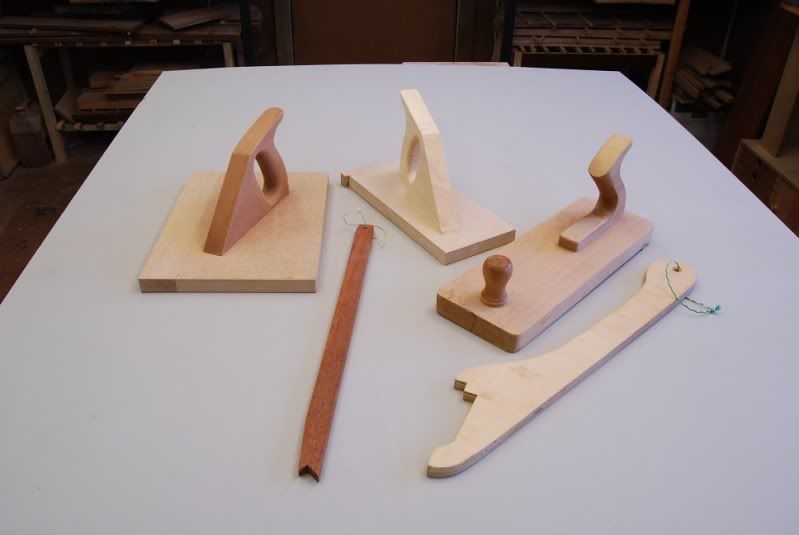I've only ever routed aluminum in the past once when making a zero clearance insert for my table saw and it worked fine. Took lots of shallow passes. I was thinking about trying to make my own T-Slot and mitre track for making my new router table and jigs. I have one of these cutters from Wealded Tools.
http://www.wealdentool.com/acatalog/Onl ... im_21.html
Does anyone have more experience of routing aluminum ? I already have plenty of aluminum bar laying around that would be ideal for turning into t-slot. Your thoughts ??
Cheers,
Sam
http://www.wealdentool.com/acatalog/Onl ... im_21.html
Does anyone have more experience of routing aluminum ? I already have plenty of aluminum bar laying around that would be ideal for turning into t-slot. Your thoughts ??
Cheers,
Sam





